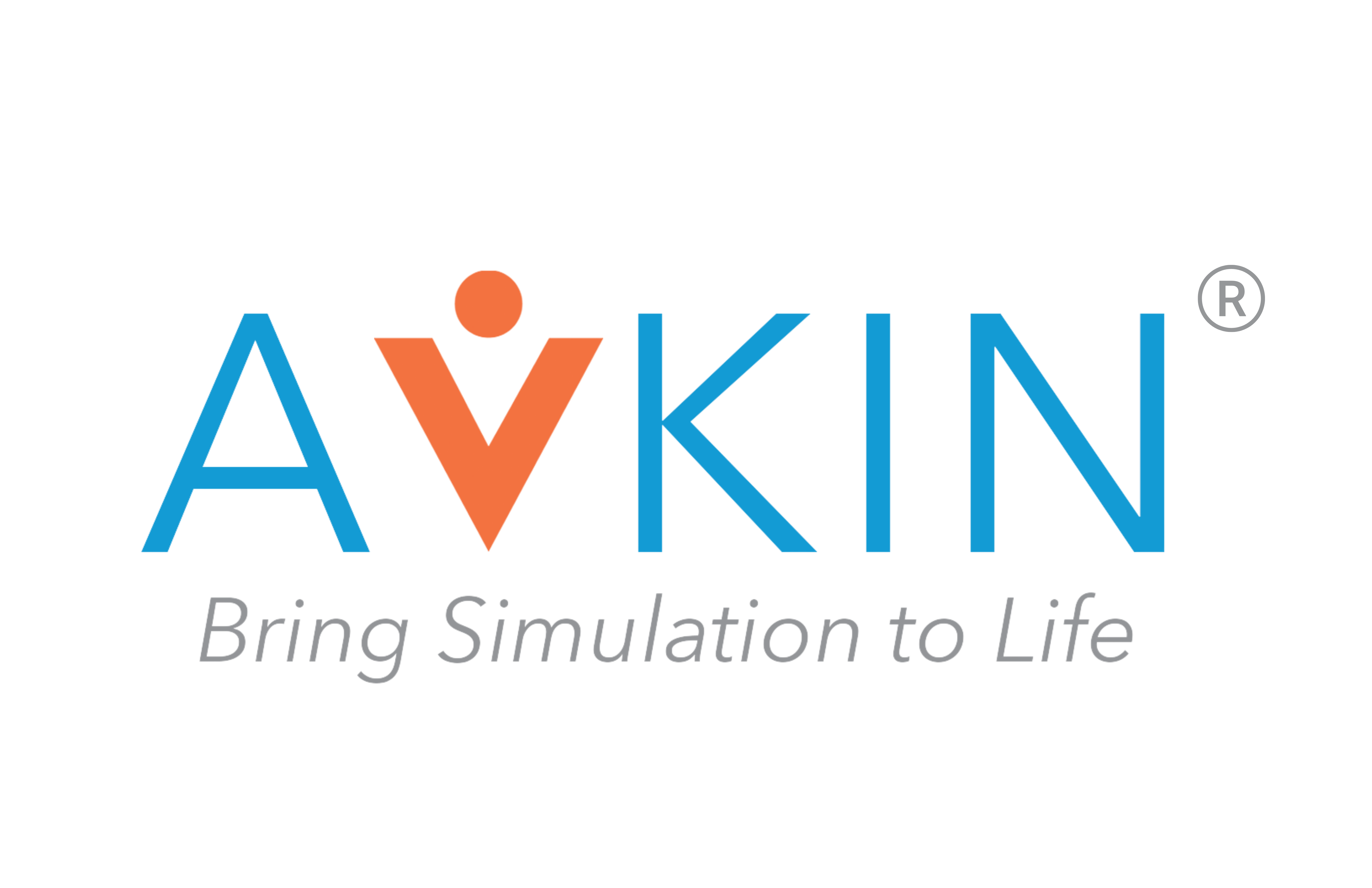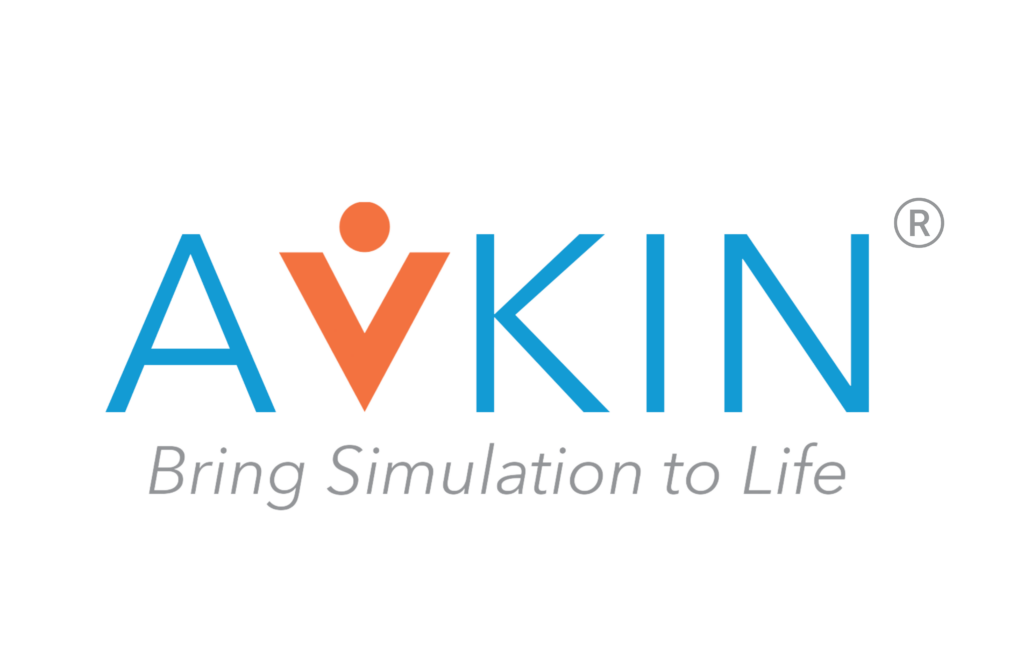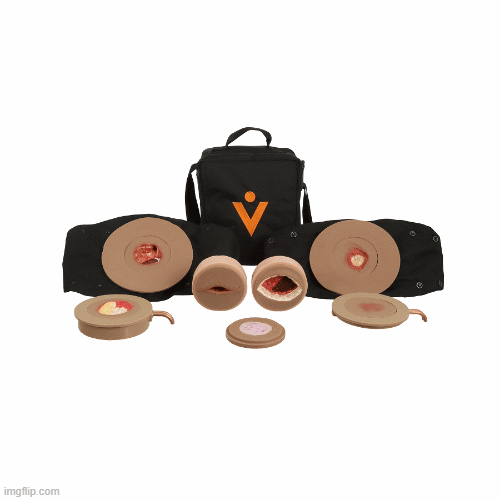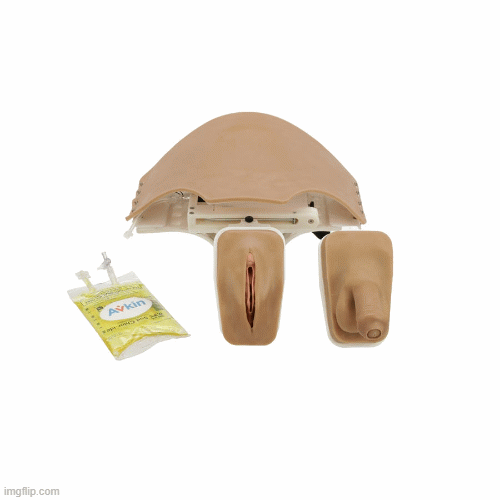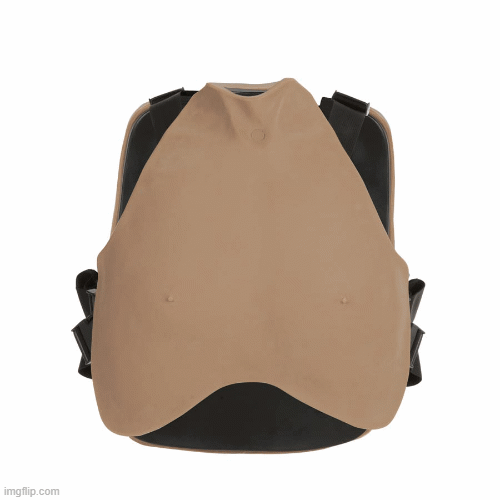What both academia and practice can do to keep new graduates from tripping over the welcome mat.
It is well-documented that new graduate nurses experience a significant amount of stress and psychological turmoil as they transition from academic learning to their professional practice. Greenway, Butt, & Walthall (2019) defines the Theory-Practice Gap as “The gap between the theoretical knowledge and the practical application of nursing, most often expressed as a negative entity, with adverse consequences” (pg. 1). Nursing administration and novice nurses agree that they do not feel they’re prepared to do all aspects of their job upon graduation (Brown, 2019; Kavanagh, & Szweda, 2017)
The reasons for this gap have been attributed to several factors:
- Challenges applying their textbook knowledge in the fast-paced clinical setting requires significant focus and attention to changes in conditions for diverse patient populations (Brown, 2019).
- Limited or restricted patient care opportunities as a student (Alexander, 2015).
- Difficulty in developing all the interpersonal relationships needed in the professional environment with colleagues, patients, family members, and the interdisciplinary team (Brown, 2019).
- Cognitive dissonance and/or moral distress as new graduates are oriented to the difference between theoretical learning in the academic setting, and what happens in the unit in which they work (Greenway, Butt, & Walthall, 2019).
The shift from the academic classroom to professional performance for the new graduate results in burnout, frustration with the expectations of the profession, and disillusionment regarding personal capabilities and competency (Ebrahimi, et.al.,2016). For institutions, the impact is increasing turnover and significant staffing shortages, and reduced morale.
The pandemic has only served to magnify the growing trends of limited clinical experiences, new graduates’ feelings of professional inadequacy, and the associated regulatory challenges of filling the demand for more nurses while ensuring minimal requirements are met for professional licensure (Alexander, n.d.).
As these students graduate this spring, there is both a moral and financial imperative for all key stakeholders to set these graduates up for success.
1. Deans and directors of institutions of higher learning, need to have HOT (honest, open, and trusting) conversations with their upper-level students to hear their perspectives on what they need to increase their confidence and competence before graduation. Have you done everything possible to ensure your graduates are properly prepared to face the front lines of care, especially at such a time as this? Many studies show that simulation-based education (especially with a simulated participant) can significantly improve their clinical readiness in a concentrated amount of time (Brown, 2019, Everett et al., 2015; Sullivan et.al., 2019).
There is no longer an excuse to not have a secondary plan in place for restricted clinical learning. The pandemic has laid clear that MOUs and clinical contracts can evaporate if there is a threat to patient safety. Interestingly, a recent article sheds light on the fact that while clinical learning is the accepted standard for validating competencies for graduation, there is no research to demonstrate that clinical learning is the superior educational andragogy to measure outcomes (Leighton, Kardong-Edgren, McNelis, Foisy-Doll, & Sullo, 2021).
2. For CEOs and CNOs in health systems, ensure your nurse educators and preceptors furloughed or reassigned from the impact of the pandemic are brought back to full force in their educational capacity. These new graduates are going to need additional assistance as they are now being asked to bridge a chasm rather than a gap. Invest in a sophisticated orientation program that includes simulation-based education. These new graduates are entering practice at an extreme disadvantage. In the interest of your patients and the psyche of the new providers headed to the front line, give them a sophisticated orientation that invests in the long-term success of these individuals.
Avkin has created 15 different simulations that focus on the top 10 errors new nurses make in practice. These simulations were developed by a hospital-based simulationist with years of experience and a furloughed nurse residency program manager to ensure they were written at the expected level for clinical practice.
